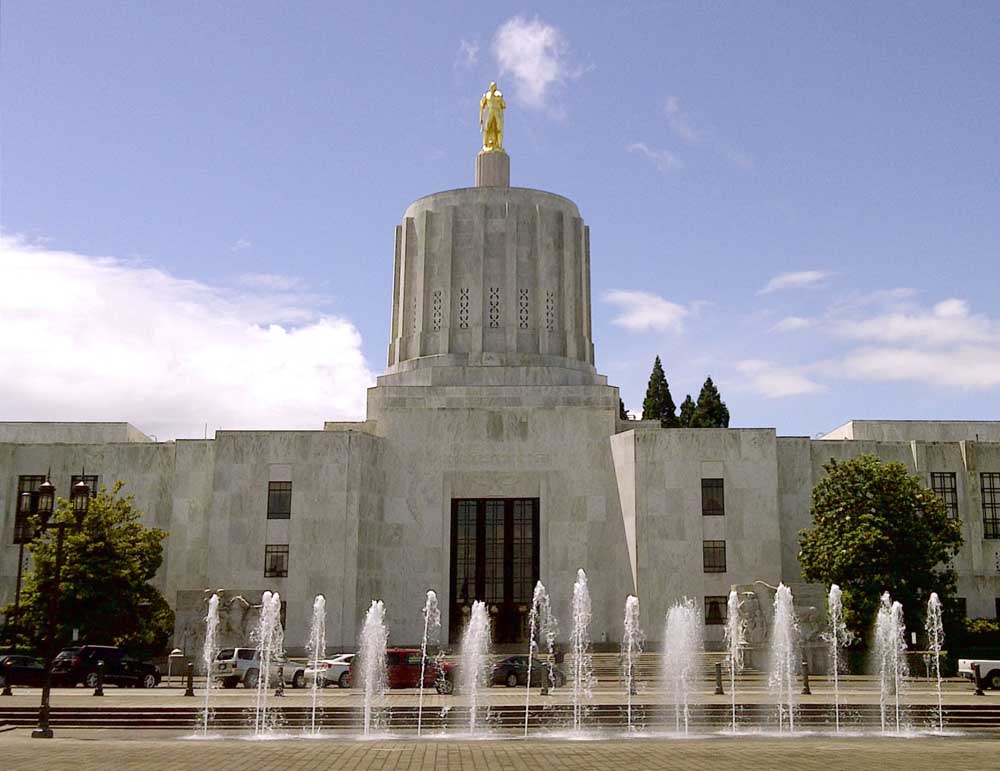Odessa aquifer approved for NRCS watershed planning funds
Published 8:15 am Thursday, March 24, 2022

- Farmers are seeking funds for extending pipelines in the Odessa subarea.
Efforts to replace declining Odessa Subarea wells with Columbia River water in Eastern Washington have reached a new milestone. They will receive USDA Natural Resources Conservation Service funding.
NRCS approved $775,000 for the Odessa Groundwater Replacement Program’s watershed planning project under its PL-566 grant. The East Columbia Basin Irrigation District applied for the funding.
Harold Crose, resource conservationist at the Grant County Conservation District in Moses Lake, Wash., said the project meets NRCS requirements.
“It’s taking multiple wells off the aquifer…,” he said. “The total benefits derived from this — jobs, food security, soil health and energy savings are just things that NRCS is heavily involved in.”
The districts and NRCS will develop the watershed plan. They will contact landowners and other stakeholders through the Odessa Watershed Program website and the Columbia Basin Development League.
Roughly 100 farms have declining wells in the Odessa Subarea.
The watershed program will help fund pumps and nine lateral lines to farms, including:
• The EL 22.1 line goes to eight farms and roughly 19,000 acres. The engineering design is about 30% completed.
• The former EL 79.2 line has been split into two lines, the EL 80.6 and EL 84.7. Each will serve seven farms totaling about 13,000 acres. Designs are about 30% completed.
• The EL 86.4 line is in the design process. It will serve 5,200 acres.
Total cost estimates are “in that fluid stage,” Crose said. The cost of pipes and other materials have doubled since last fall, he said.
PL-566 will pay up to 75% of the cost of each line, Crose said.
Investment in the groundwater replacement program to date includes $127 million from the Washington state, $63.5 million from the U.S. Bureau of Reclamation and $16.8 million in landowner-funded municipal bonds sold by the irrigation district.
Farmers are responsible for the on-farm equipment that enables their farm to connect to the lines. The NRCS regional conservation partnership would include funding for that part of the project.
Some farmers have told Crose they have to decide whether to retool their wells or wait for the Columbia River water. Some said it would cost $1 million to punch their wells deeper, Crose said.
The project includes improved monitoring to determine if the aquifer rebounds as wells go offline, Crose said.
“We are really excited to be one partner within this incredible team effort, while providing the needed funding to develop the watershed plan,” said Roylene Comes At Night, Washington state conservationist. “We look forward to supporting all of our partners in developing a more sustainable and resilient water delivery system, which will both enhance stewardship and recharge the ground water, while supporting producers (to) better feed the world.”
“This will secure more water for our local communities and ensure sustainable agricultural production that many of those same communities rely upon for their economic prosperity,” Craig Simpson, secretary-manager for the irrigation district, stated in a press release. “The boost that the Watershed Planning Project will bring to achieving our rescue mission cannot be overstated.”






